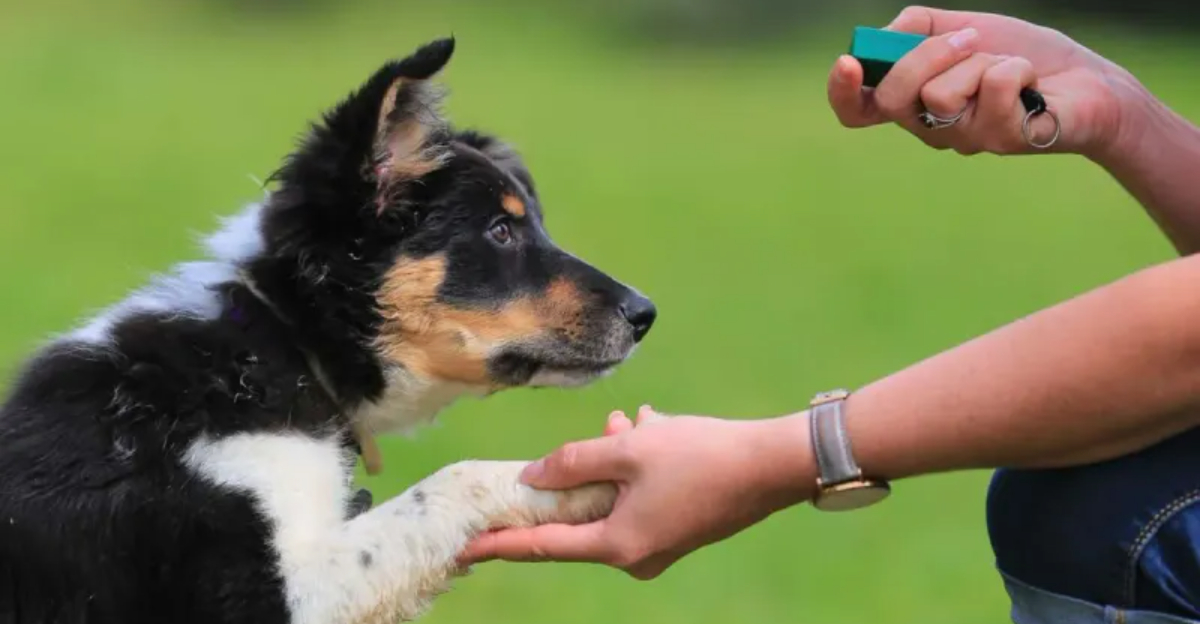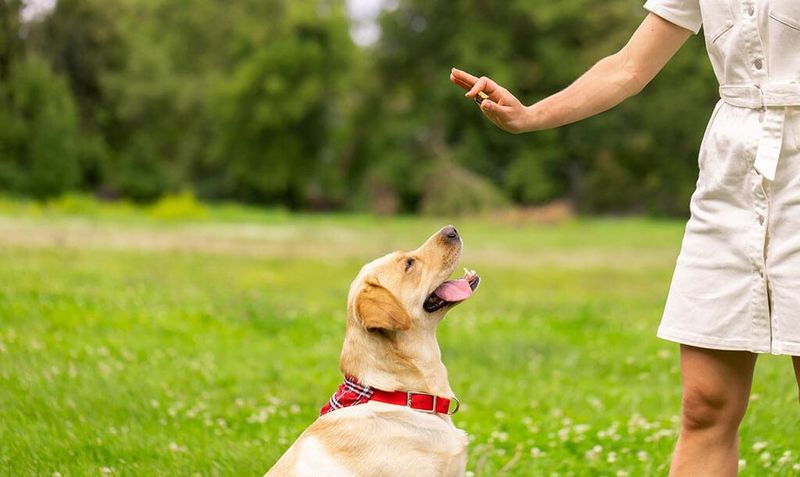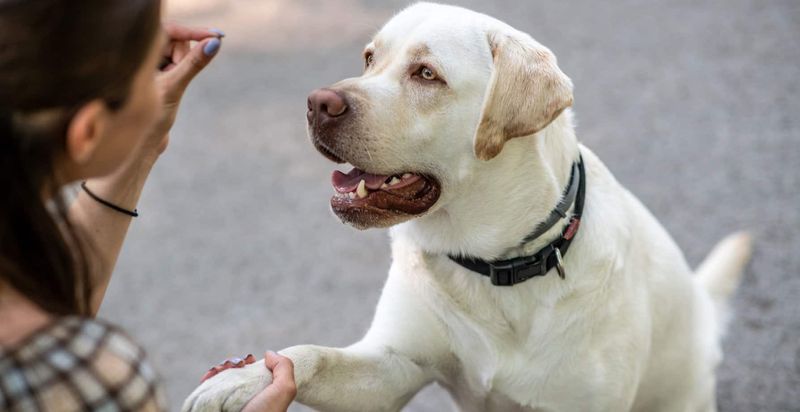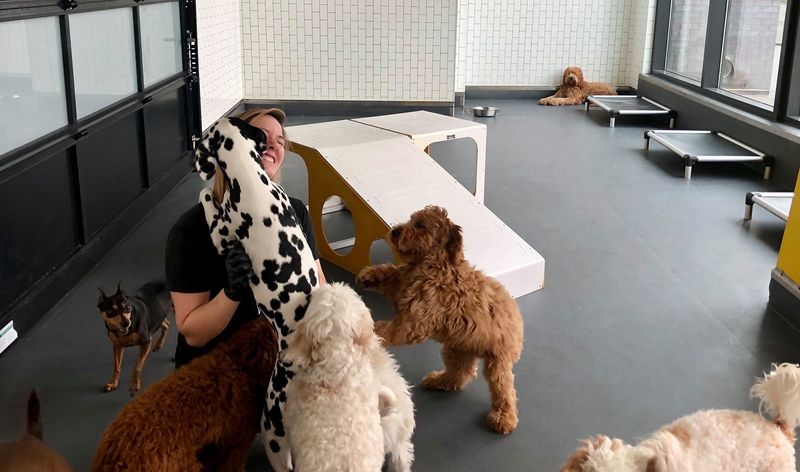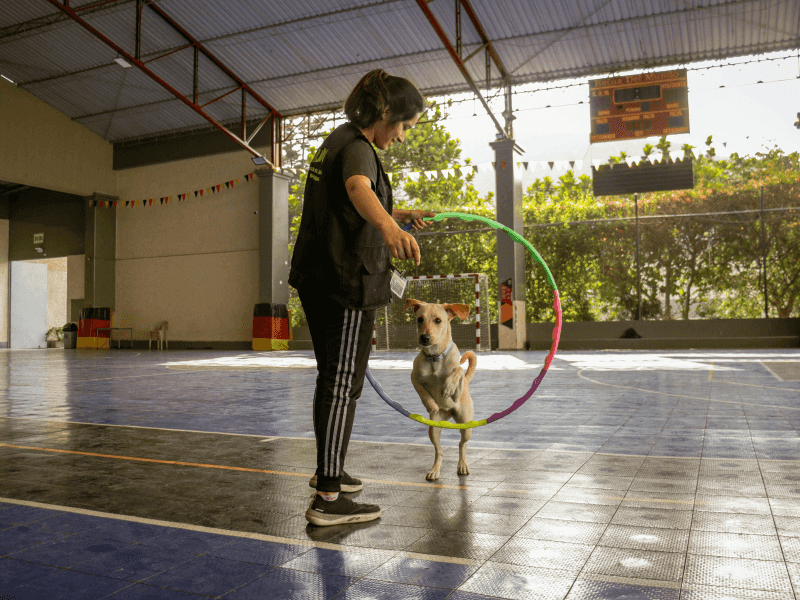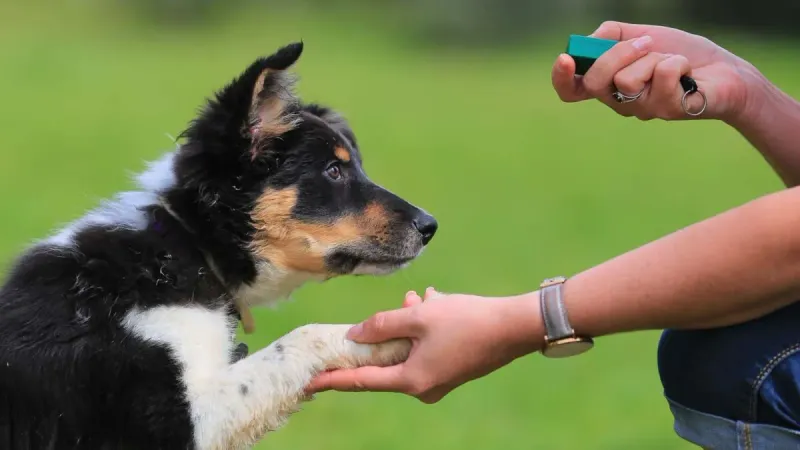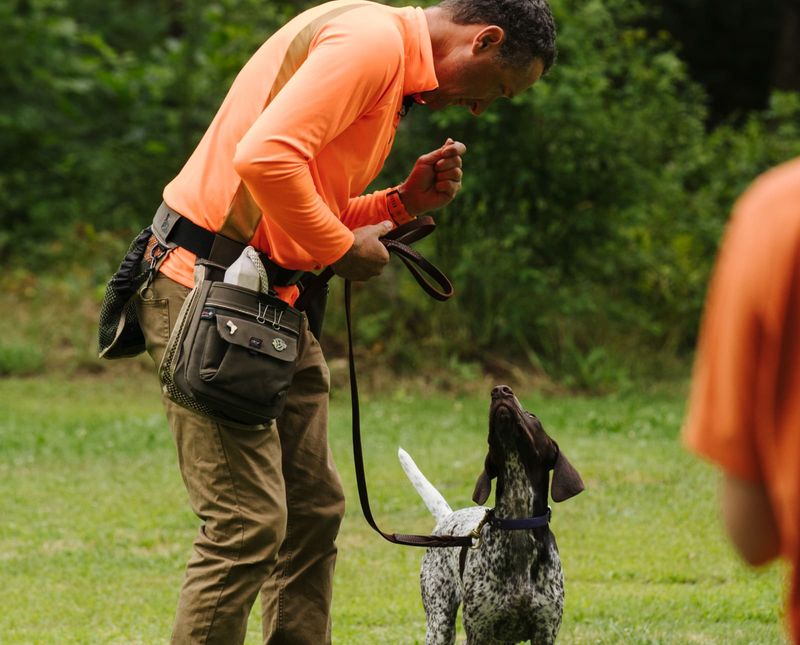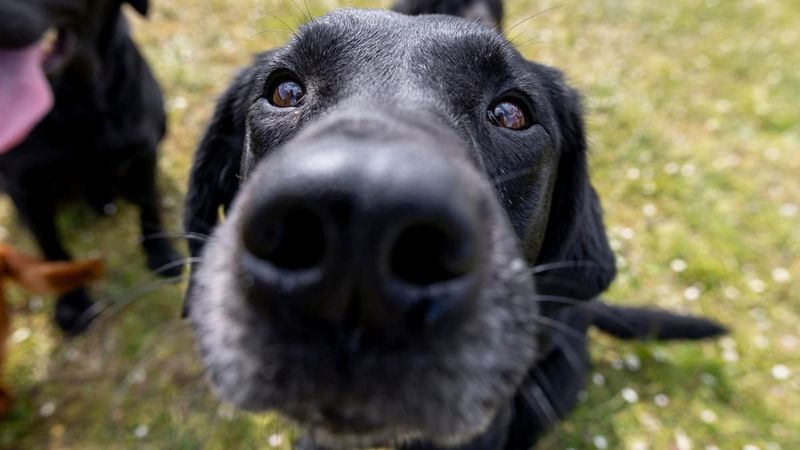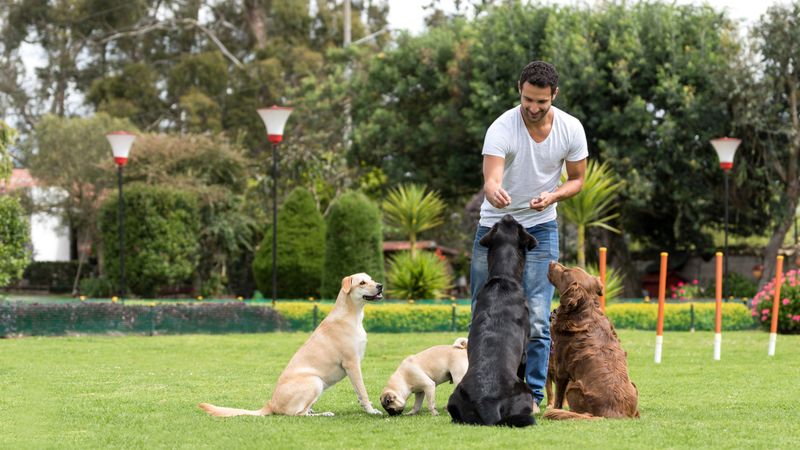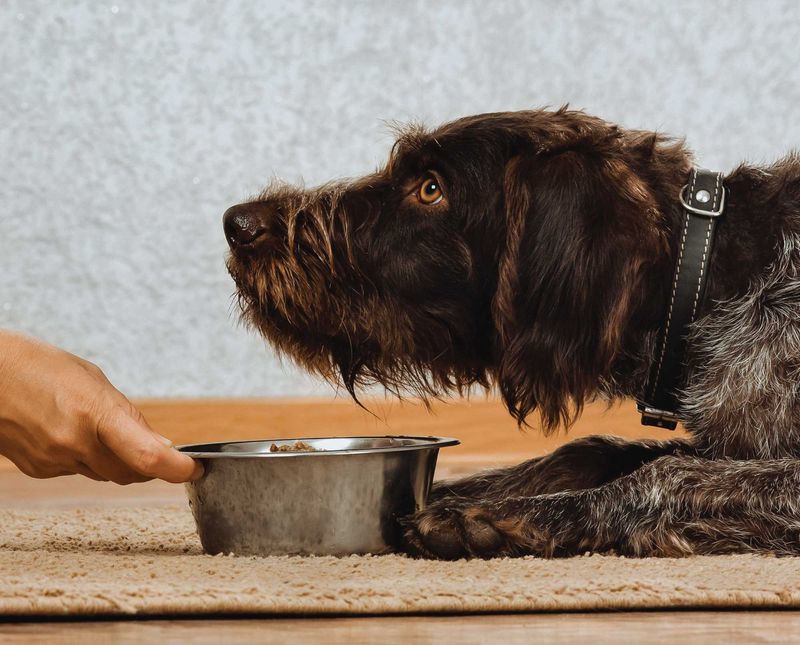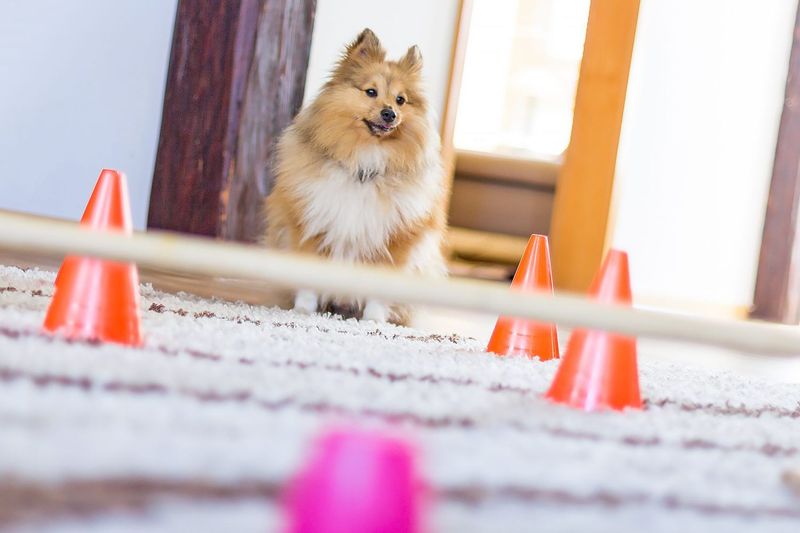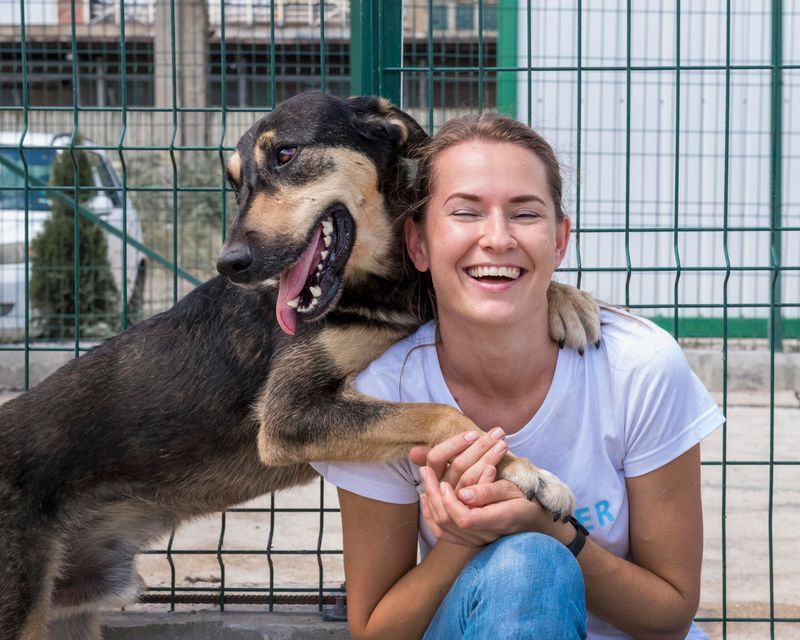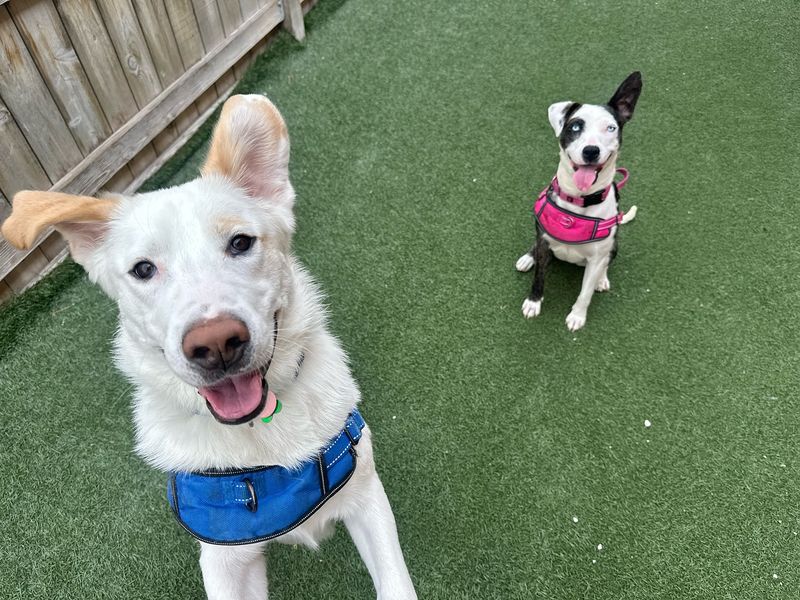Discover the hidden gems of dog training with these 17 secrets that boast an impressive 94% success rate. These techniques are often overlooked by many dog owners but have proven to be highly effective. From understanding your dog’s unique personality to mastering the art of non-verbal communication, these secrets will transform how you connect with your canine companion. Dive into this collection of insights that range from the science of positive reinforcement to the unexpected benefits of play. Whether you’re a seasoned trainer or a first-time owner, these secrets are your key to a harmonious relationship with your furry friend.
Secret 1: Understand Their Language
Imagine being able to understand your dog’s language. Dogs communicate through body language and vocalizations, and understanding these signals is crucial. Wagging tails, barking, and ear positions all convey messages that can help you train effectively. This secret lies in observing your dog’s behavior closely, like a detective unraveling clues. By learning their signals, you can respond appropriately, reinforcing positive behavior and curbing unwanted actions. The bond becomes stronger as mutual understanding grows. Did you know? Dogs have around 30 different forms of communication that they use to interact with humans and other dogs.
Secret 2: The Power of Consistency
Consistency is key in dog training. Establishing a regular routine helps dogs understand expectations and boundaries. Imagine a school with no timetable; chaos would ensue. Similarly, dogs thrive on routine and predictability. Consistency in commands, cues, and rewards creates a sense of security. It’s essential to maintain the same words and gestures for each behavior you desire. This approach minimizes confusion and accelerates learning. Quirky fact: Every year, 3.3 million dogs enter U.S. animal shelters, many due to behavioral issues that could be mitigated with consistent training.
Secret 3: Positive Reinforcement Magic
Positive reinforcement works wonders in teaching dogs new tricks. Rewarding good behavior encourages them to repeat it. This training method focuses on praise, treats, or toys as rewards, creating a positive association with the desired action. It’s like a win-win agreement between you and your pet. Dogs love feeling appreciated, and rewarding them for their efforts enhances that bond. It’s vital to reward immediately after the behavior to reinforce the connection. Did you know? Studies have shown that positive reinforcement is more effective than punishment-based training.
Secret 4: Socialization Wonders
The world is a fascinating place for a dog, and socialization is their window to explore it. Early socialization is crucial to prevent fear and aggression. Introducing puppies to different people, environments, and other dogs helps them develop confidence and adaptability. Think of socialization as your dog’s passport to a well-rounded life. It prepares them for various situations and reduces anxiety. A well-socialized dog is less likely to react negatively to new experiences. Fun fact: The critical socialization period for puppies is between 3 to 14 weeks, a crucial time to shape their behavior.
Secret 5: Exercise – The Secret Ingredient
Exercise is more than physical activity; it’s a secret ingredient in dog training. Regular exercise burns off excess energy, reducing unwanted behaviors like chewing and barking. It also strengthens the bond between you and your dog, as you explore new activities together. Picture the joy in your dog’s eyes during a game of fetch or a long walk. Exercise contributes to a happy, well-behaved pet. Remember, a tired dog is a content dog. Quirky fact: Dogs have been found to release endorphins during exercise, just like humans, which can elevate their mood and encourage learning.
Secret 6: Creating a Safe Space
Every dog needs a sanctuary, a place where they feel safe and secure. Creating a designated space for your dog helps reduce anxiety and stress. This space should be quiet, comfortable, and away from household chaos. It’s like a retreat for your canine friend, offering them solace when overwhelmed. Dogs appreciate having their own spot, and it can be a powerful tool in training. When they become too excited, redirecting them to their safe zone can calm them down. Did you know? Dogs often choose spots based on scent; it’s one of the ways they perceive safety.
Secret 7: Patience is a Virtue
Training takes time, and patience is your most important ally. Dogs learn at their own pace, and forcing the process can backfire. It’s essential to remain calm and composed, even when progress seems slow. Patience creates an environment where your dog feels comfortable exploring and making mistakes. It’s like nurturing a delicate plant; growth takes time, but the results are rewarding. Remember, every dog is unique, and what works for one may not work for another. Did you know? Patience in training helps strengthen your dog’s trust in you, enhancing their willingness to learn.
Secret 8: Non-Verbal Communication
Dogs are masters of non-verbal communication. They rely heavily on gestures and body language to understand us. Incorporating non-verbal cues into your training can be incredibly effective. Hand signals, facial expressions, and even your posture convey instructions without words. This method reinforces verbal commands and can be particularly helpful for dogs with hearing impairments. Picture yourself in a foreign country; non-verbal communication becomes your lifeline. Similarly, using gestures bridges any communication gap with your dog. Did you know? Dogs can learn up to 165 different words and gestures, making them excellent non-verbal communicators.
Secret 9: The Right Tools for Training
Having the right tools can make all the difference in training. From clickers to harnesses, the proper equipment supports effective learning. It’s akin to a chef needing the right utensils for a perfect meal. Clickers are excellent for marking desired behavior, while harnesses provide control without discomfort. Treat pouches keep rewards accessible, ensuring timely reinforcement. The tools you choose should suit your dog’s needs and training goals. Investing in quality equipment can significantly impact your training success. Fun fact: Clicker training was first used with dolphins before being adapted for dogs.
Secret 10: The Surprise of Scent Training
Scent training taps into a dog’s most powerful sense—their nose. Engaging this instinctual ability can be both fun and practical. Scent training exercises challenge dogs to identify specific scents, which can lead to impressive feats like search and rescue. Imagine a world of invisible trails only your dog can detect. This training enriches their environment and provides mental stimulation. It’s a wonderful way to build confidence and focus. Did you know? A dog’s sense of smell is estimated to be 40 times more sensitive than a human’s, making scent training a truly unique experience.
Secret 11: The Art of Play
Play is not just a way for dogs to have fun; it’s an essential aspect of training. Through play, dogs learn social skills, boundaries, and even discipline. Games like fetch or tug-of-war can reinforce obedience commands in a joyful context. Playtime strengthens your bond, creating a positive training environment. Picture the laughter and joy shared between you and your dog during these moments. It’s through play that learning becomes enjoyable. Fun fact: Dogs have been shown to interpret human laughter as a signal of safety, making play an excellent tool for building trust.
Secret 12: Mind the Diet
Diet plays a crucial role in a dog’s behavior and ability to learn. Providing balanced nutrition fuels their energy and focus, both essential for training. Think of it as fueling a car for a long journey. A well-fed dog is more likely to respond positively to training sessions. Pay attention to the ingredients in their food, avoiding excessive fillers or artificial additives. A nutritious diet supports overall well-being and enhances cognitive function. Did you know? Certain foods, like fish and eggs, are known to improve a dog’s coat and brain health, contributing to their training success.
Secret 13: Training with Technology
Technology has revolutionized dog training, offering innovative tools and apps to enhance your efforts. From tracking progress to virtual training sessions, technology provides convenience and customization. Imagine having a personal assistant to guide you through each step of training. Apps can assist in setting goals, monitoring achievements, and even connecting with trainers remotely. Embracing technology adds a modern twist to traditional methods. Fun fact: The global pet tech market is expected to reach $20 billion by 2027, highlighting its growing impact on training and pet care.
Secret 14: The Influence of Environment
Environment plays a significant role in training success. The setting influences a dog’s mood and responsiveness. Training in various locations exposes your dog to different stimuli, preparing them for diverse situations. It’s like rehearsing a play on multiple stages; versatility becomes second nature. A calm, distraction-free environment is ideal for focused learning, while bustling areas improve adaptability. Changing surroundings adds excitement and novelty to training. Did you know? Dogs perceive the world through a combination of scent, sound, and sight, making their environment a crucial aspect of their experience.
Secret 15: The Charm of Tricks
Tricks aren’t just for show; they play a vital role in training by enhancing communication and building confidence. Teaching tricks fosters creativity and problem-solving skills. It’s a delightful way to engage with your dog beyond basic commands. Picture the pride in your dog’s eyes as they master a new trick, like rolling over or playing dead. Tricks provide mental stimulation and prevent boredom. They transform learning into a playful adventure. Fun fact: The record for the most tricks performed by a dog in one minute is 28, set by a talented Border Collie named Smurf.
Secret 16: Overcoming Fear
Fear can be a significant barrier to training, but it can be overcome with understanding and patience. Identifying the source of fear is the first step in helping your dog overcome it. Using gradual exposure and positive reinforcement, you can build their confidence and resilience. Think of fear as a shadow that can be diminished with light. Being present and supportive during fearful moments strengthens your bond and builds trust. Did you know? Fear periods are natural stages in a dog’s life, often occurring around 8-10 weeks and again between 6-14 months.
Secret 17: Commitment to Lifelong Learning
Training is a lifelong journey, and commitment is essential for continued success. Embrace the idea of learning together with your dog, exploring new techniques and challenges. It’s like attending a never-ending class where both student and teacher grow. Lifelong training keeps your dog’s mind sharp and behavior in check. It strengthens your relationship and enhances your dog’s quality of life. Remember, every day is an opportunity to learn something new. Fun fact: Research shows that mentally stimulating activities can extend a dog’s lifespan, proving the value of continuous learning.
